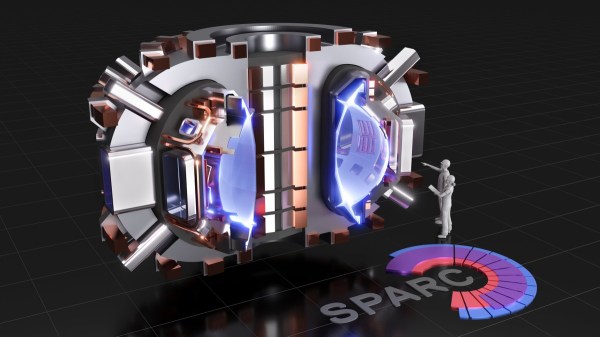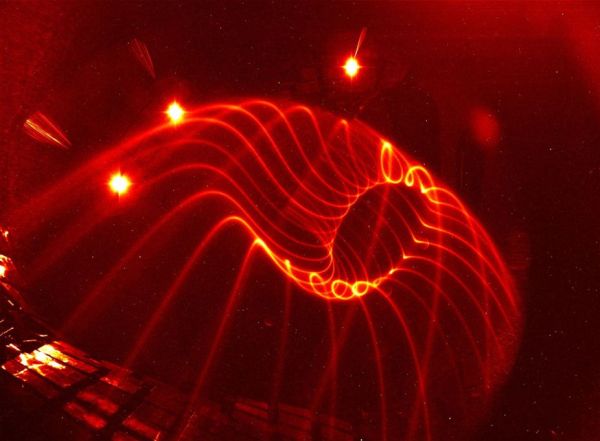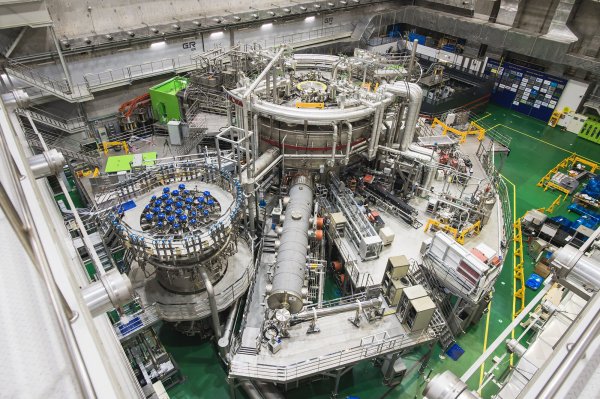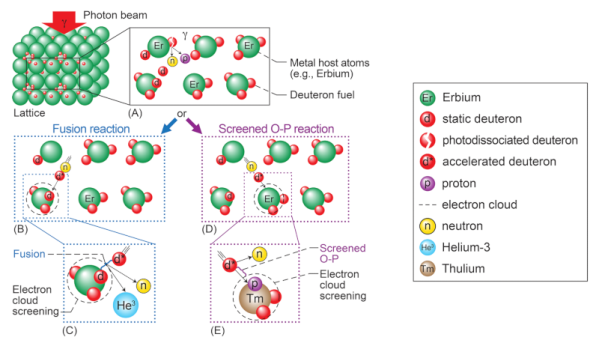We’ve seen our fair share of Farnsworth–Hirsch fusors over the years — these high-voltage devices can get ions cooking to the point of achieving nuclear fusion even on a hobbyist’s budget, and even though they won’t solve the world’s energy problems, they certainly make for an impressive light show. While “simple” to build in the relative sense, the examples we’ve seen in the past have still been bulky contraptions supported by a cart full of complex gear befitting a nuclear reactor.
Which is why the fusor [Jay Bowles] recently completed is so impressive. As you can see in the latest Plasma Channel video which we’ve placed below the break, this desktop “star in a jar” not only features an incredibly low part count, but looks more like a movie prop than anything you’d expect to find in a physics lab. If you ever considered building a fusor of your own but were put off by the size and complexity of existing designs, you’ll definitely want to check this out.
Continue reading “Plasma Channel Shows Off A Remarkably Stylish Fusor”


















